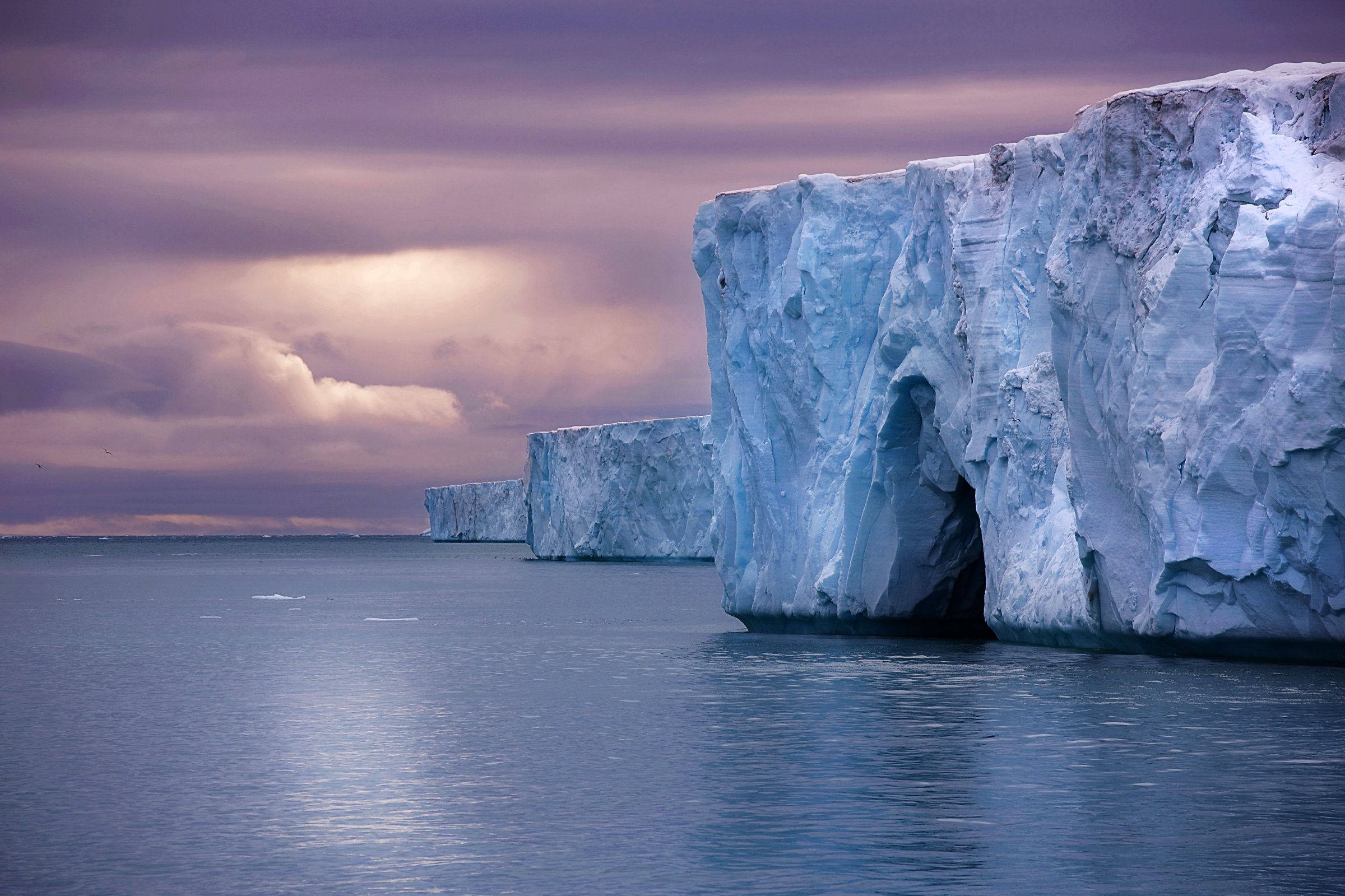
Arctic sea ice cover reached the second-lowest point on record this month, tying a level last reached in 2007, according to a report from scientists who monitor the Arctic.
Scientists from the National Snow and Ice Data Center (NSIDC) reported that ice covered 1.60 million square miles on Sept. 10, the lowest point of the year. Arctic sea ice regularly waxes and wanes with the winter and summer season.
The near-record low may come as a surprise to those who follow weather in the Arctic closely. This summer was the hottest on record across the globe, but temperatures were actually unseasonably cold and cloudy in the Arctic over the summer. Temperatures were between 1 and 4°F below the average between 1981 and 2010 in some parts of the region.
Instead, researchers attribute the decline to the initial thinness of the ice going into summer. That would have allowed ice to melt much quicker even with cool temperatures. Temperatures also increased in September, leading to rapid ice melt in the first part of the month.
The low sea ice has some dramatic real world consequences, including national security implications and ramifications for wildlife like polar bears. Perhaps most important is the feedback mechanism caused by melting ice. Ice reflects heat back into space while water absorbs it, heating the planet.
More Must-Reads From TIME
- The 100 Most Influential People of 2024
- The Revolution of Yulia Navalnaya
- 6 Compliments That Land Every Time
- What's the Deal With the Bitcoin Halving?
- If You're Dating Right Now , You're Brave: Column
- The AI That Could Heal a Divided Internet
- Fallout Is a Brilliant Model for the Future of Video Game Adaptations
- Want Weekly Recs on What to Watch, Read, and More? Sign Up for Worth Your Time
Write to Justin Worland at justin.worland@time.com